Alice in Wonderland
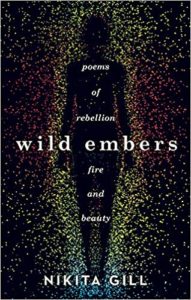 Alice’s rabbit hole began when she entered her father’s library and picked up one of the books she was forbidden to read. In it, the words were flavoured with anger and terror and beauty and everything she hadn’t tasted yet in her young life. People revolting, war, famine, anger at the aristocracy, compassionate philosophers writing famous ideas and wild theories.
Alice’s rabbit hole began when she entered her father’s library and picked up one of the books she was forbidden to read. In it, the words were flavoured with anger and terror and beauty and everything she hadn’t tasted yet in her young life. People revolting, war, famine, anger at the aristocracy, compassionate philosophers writing famous ideas and wild theories.
Wonderland emerged when Alice found her love for reading, and even better, acting on what she read. …
She scorned the idea that young ladies of that time should not do what she did. Make change and make waves and create a world more equal for everyone that lives in it. She was more concerned about making a change and in every little way she could find, she would.
Wild Embers, pp. 68-69
Nikita Gill is a British-Indian writer and poet living in the south of England. With a huge online following, her words have entranced hearts and minds all over the world. Wild Embers (2017) was her first book. I discovered the hugely popular Instapoet poetry in print, not on social media. It were the print editions that caught my attention primarily because her book publicists sent the beautifully designed editions of Wild Embers and Fierce Fairytales & Other Stories to Stir Your Soul. Strong poetry that is a pleasure to read for its sharply articulated ideas and representation  of strong, independent, and thinking women characters especially in the retelling of the age-old fairytales. In fact Fierce Fairytales was whisked away by my young daughter as her own! I was a little surprised at her action as I was not sure how much of the poetry she would understand. Yet she surprised me pleasantly by getting the gist of the stories. She may not have got the layered meaning but she got the gist. It speaks volumes of Nikita Gill’s skill as a poet to be able to connect across generations. Unsurprisingly she has a legion of followers on social media: Facebook (109k), Instagram ( 478K), Twitter ( 26.6K) and Tumblr
of strong, independent, and thinking women characters especially in the retelling of the age-old fairytales. In fact Fierce Fairytales was whisked away by my young daughter as her own! I was a little surprised at her action as I was not sure how much of the poetry she would understand. Yet she surprised me pleasantly by getting the gist of the stories. She may not have got the layered meaning but she got the gist. It speaks volumes of Nikita Gill’s skill as a poet to be able to connect across generations. Unsurprisingly she has a legion of followers on social media: Facebook (109k), Instagram ( 478K), Twitter ( 26.6K) and Tumblr
Hachette India helped faciliate this email interview.
1. How and why did you decide to become a poet?
When I was 13 years old, I was introduced to the work of Robert Frost through English class. There was something incredible in capturing such a wide span of emotion inside a single poem that rattled my soul and I felt a deep connection with it. Soon after, my nani (maternal grandmother) gave me my very own copy of Sukhmani Sahib and the hymns and verses there made me realise how poetry and prayer were not dissimilar, each one crafted from air to create something beautiful in and of itself. This was what made me fall in love with and want to write poetry.
2. How long does it take you to write a poem?
Genuinely speaking I am never done writing my poems. I think it was Da Vinci who said, “Art is never finished, only abandoned.”, and I resonate with that deeply. I frequent my old journals often, and rewrite pieces that I wrote years ago. I have a fondness for visiting an old thought with a fresh mind and a newer heart. I edit my manuscripts over and over again until I have to give them up. On a good day, a first draft will take about 6 hours, and rewrites take longer.
3. You are a huge success on social media. You are one of the few Instapoets who is known worldwide with a celebrity following too. But traditionally publishers are hesitant to publish poetry for the book gets easily read in a store or can be easily copied. How do you manage your poetry posts online from being plagiarized or shared without acknowledgement?
There are battles you can fight and battles you can’t. Plagiarism is a difficult thing to battle when your intellectual 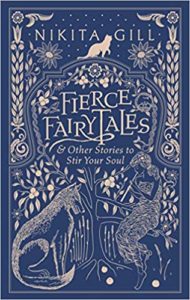 property is out on the internet. People get inspired by things, when we are finding our voices, our work tends to be clichéd. The easiest way for me is to write new things which I’m not seeing done around me right now. Fairytales verse retellings, writing about my very specific experiences with Partition and being Kashmiri and Punjabi, and my love for the night sky. The point is to keep reinventing yourself and keeping your head above the water. It’s also the only way to become a better creator.
property is out on the internet. People get inspired by things, when we are finding our voices, our work tends to be clichéd. The easiest way for me is to write new things which I’m not seeing done around me right now. Fairytales verse retellings, writing about my very specific experiences with Partition and being Kashmiri and Punjabi, and my love for the night sky. The point is to keep reinventing yourself and keeping your head above the water. It’s also the only way to become a better creator.
4. Your primary audience are on social media. Do you find writing poetry for publication on paper is any way different to putting out posts in cyberspace? How does it affect your style of poetry? Would you say that writing for an online audience is predominantly performance poetry but it’s tone has to change for consumption in print? Do you edit the poems before the print publication or do you publish the poems as was first put out on social media?
It’s interesting because I always thought my primary audience was on social media. But my sales figures show an even split between bookstores and internet sales. Social media is also a very different realm than to paper. You’re fostering a community there. Thoughts, ideas, friendships – also there is close interaction with your audience which you don’t get with a book. I have always said that the community in the comments section is the most magnetic thing about posting your work, unfiltered, online. I wouldn’t call it performance simply because performance poetry is such a beautiful craft in and of itself (the poets on Button who are powerhouses for instance). I would call it “confessionalist bite-sized poetry” which exists to cause a reaction, a thought, a feeling. When I write for a book, the work is edited and reedited many times before I am happy with the story it tells, whereas on the digital platform, I predominantly share excerpts or aphorisms.
5. Do you find that interacting regularly with your readers on social media influences your poetry as well as selection of themes?
I think I have a huge responsibility towards my readers to ensure my platform remains a safe space for them to share their experiences. My first allegiance is to marginalized people and survivors of trauma and I ensure posts contain trigger warnings. I don’t let it affect my work for the simple reason that the people who follow me only follow me because they enjoy the work I already put out. I need to be true to myself to be true to them. I don’t post at any particular time of the day or daily. Just when I have a fleeting thought to put something up or create something. It’s all so much more organic that way.
6. Who are the poets who have influenced you the most?
I have a fascination for the works of Emily Dickson, Maya Angelou, Sharon Olds, Lucille Clifton, Rabindranath Tagore, Amrita Pritam, Walt Whitman, Anne Carson, Emily Berry – this list is non exhaustive. I think the more older poetry we read, the better we learn how to truly see that poetry is a very vast subject and means very different things for different people.
7. What are the forms of poetry you prefer to read and write in?
I like to read every form of poetry – there are so many genres to enjoy and such a rich world of poets to discover. Recently, I’ve been experimenting more and more with lyric poetry and moving away from free verse which has been my form for so long. Lyric poetry is far more based on regular meter and it’s teaching me a lot to try and learn how to write it.
8. Your poems seem to be in free verse with a “fludity” about the stories. Do you “work” at this craft or does it evolve on its own when you are writing?
It does evolve on its own. I have to often stop myself from rhyming but the poem does exactly what it wants to do without permission from me. I’ve found that it is best not to fight it, fighting it leads to writers block. So I just go with it instead. And then edit like I am own worst critic (because truly, I am. I don’t know anyone who has ever sworn or yelled at me as much as my inner critic has.).
9. Jesuit priest and poet Gerard Manley Hopkins was very clear that his poetry was meant to be meditative and it is the reason why he developed the inscape technique. It forces the reader to engage with the poems. Whereas your poetry is far easier to read but the ideas of love, feminism and independent women that you share are powerful. Do you, like Hopkins, wish for something equally transformative wrought in the reader after engaging with your poetry?
Absolutely, but I do think that will take time. I am still young in my writing journey and discovering my voice. To be truly transformative is to not only find your voice but have complete of command over it. Whilst I have discovered what I want to say, what messages I want to put out, I feel like I am just at the very beginning of honing my craft. I feel like language shouldn’t be something that is overly difficult to read, but it should make the reader feel changed when they have read a thought a certain way.
10. How did wonderfully sharp and witty Fierce Fairytales & Other Stories to Stir your Soul come about?
I think Fierce Fairytales was something I was always meant to write. The idea within the book all germinates from a single thought: the incredible magic we seek in our environments, in other people, is already within us, and we must seek it out. This idea has been within all my books but with Fierce Fairytales I got to explore it, and tell the stories of the villains who I genuinely believe have so much more to say than just “we are evil people doing evil things”. I enjoyed writing this book thoroughly, so much so that it has been the seeds for multiple new projects which are presently in development.
7 December 2018
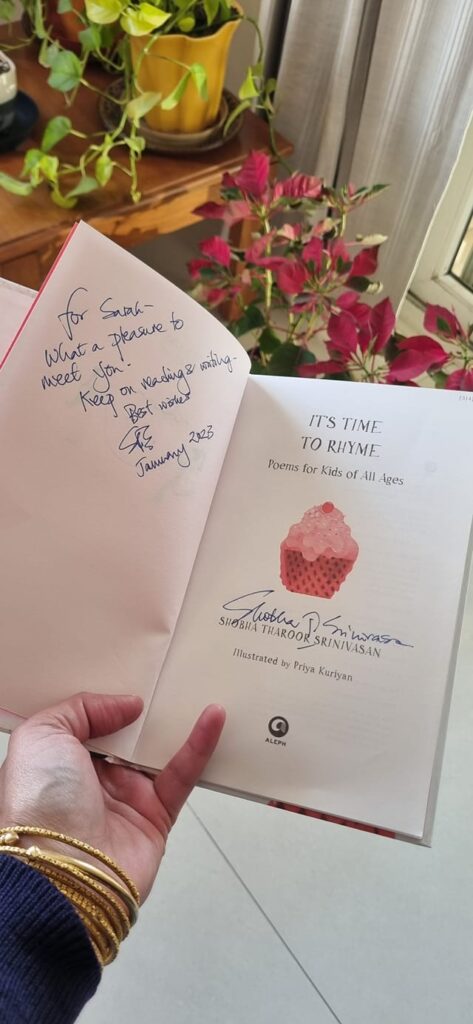

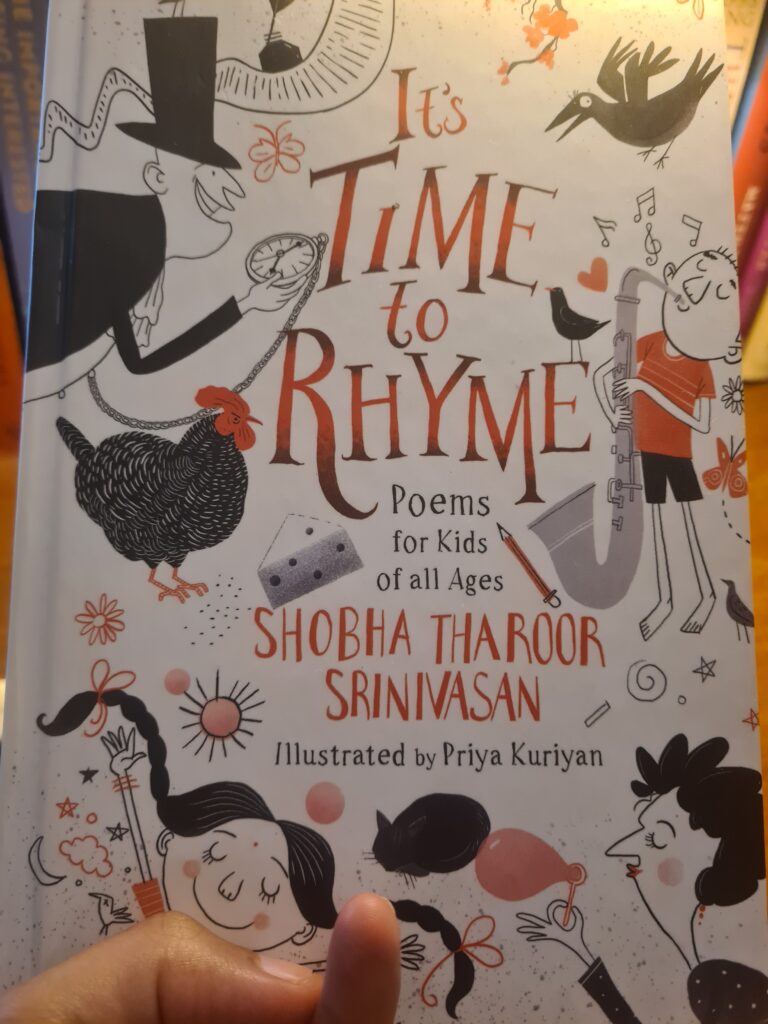
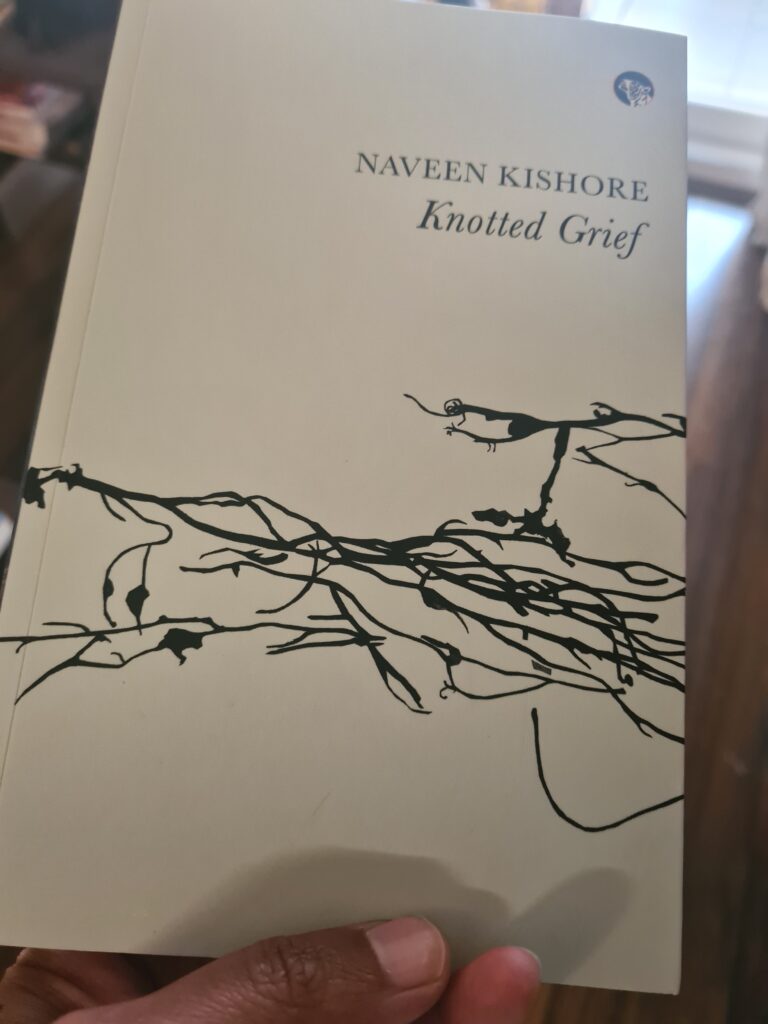
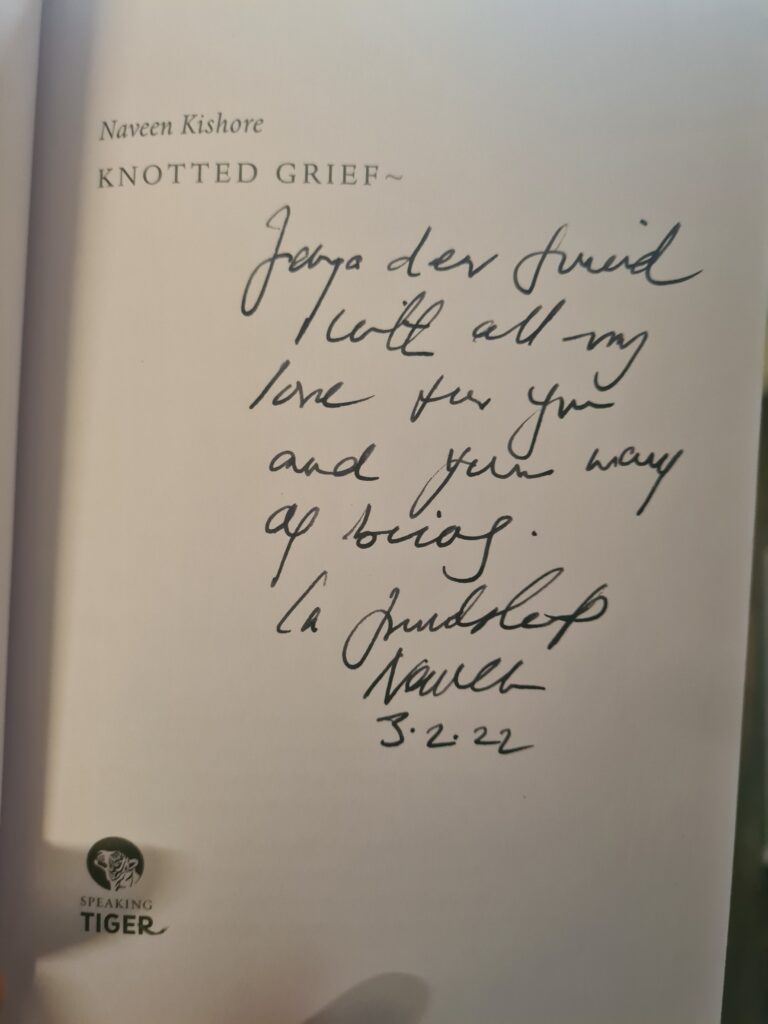
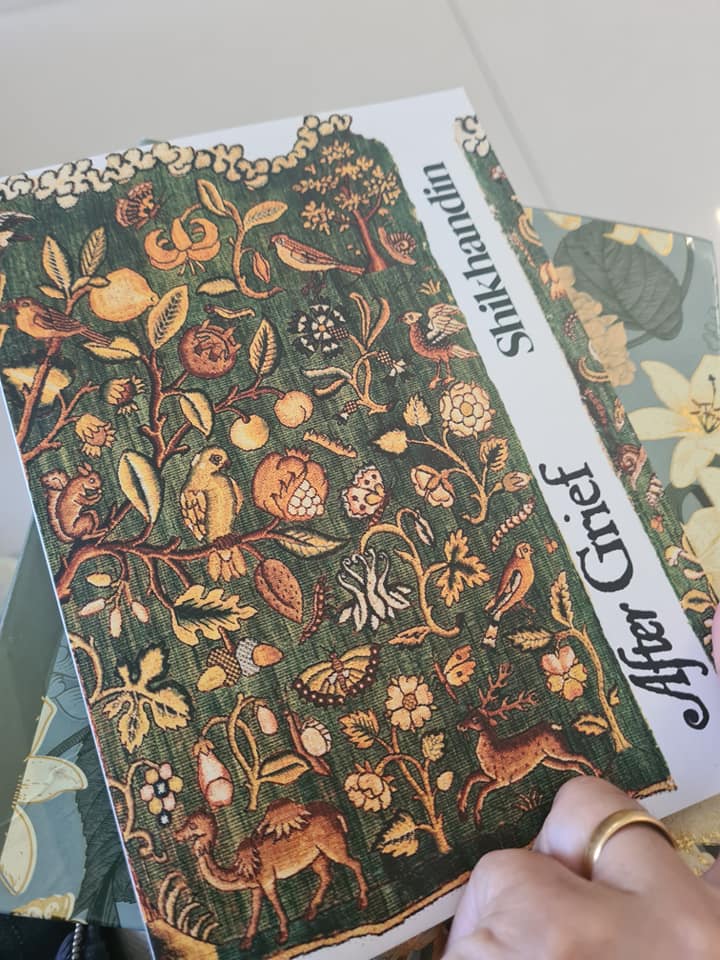
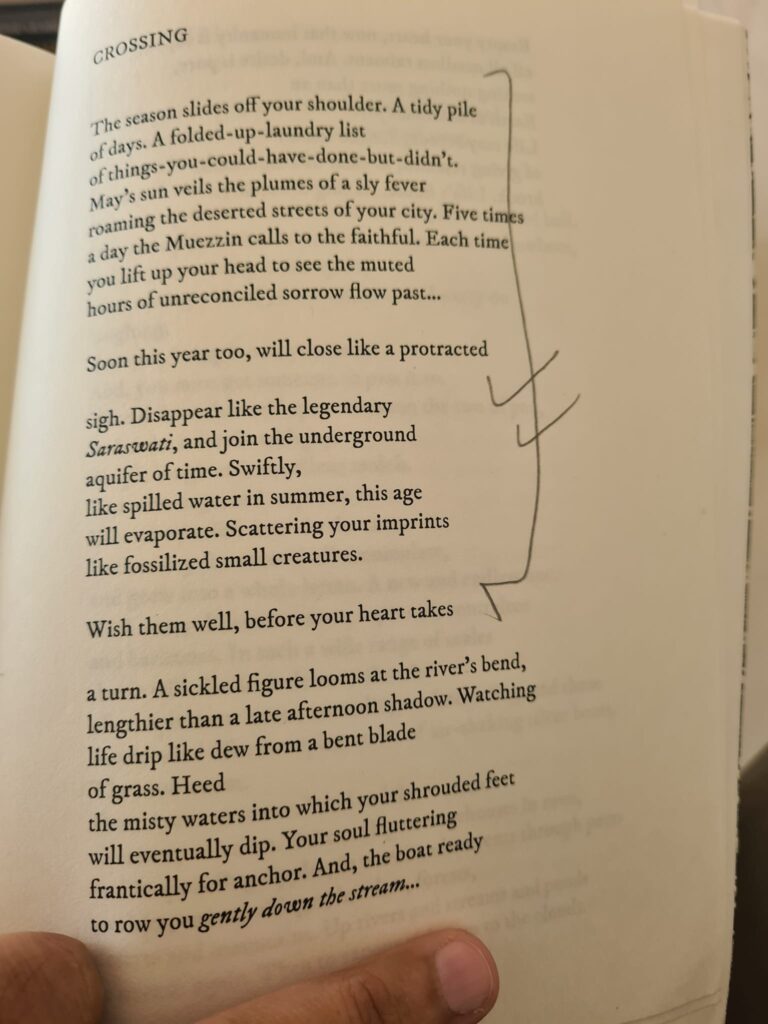
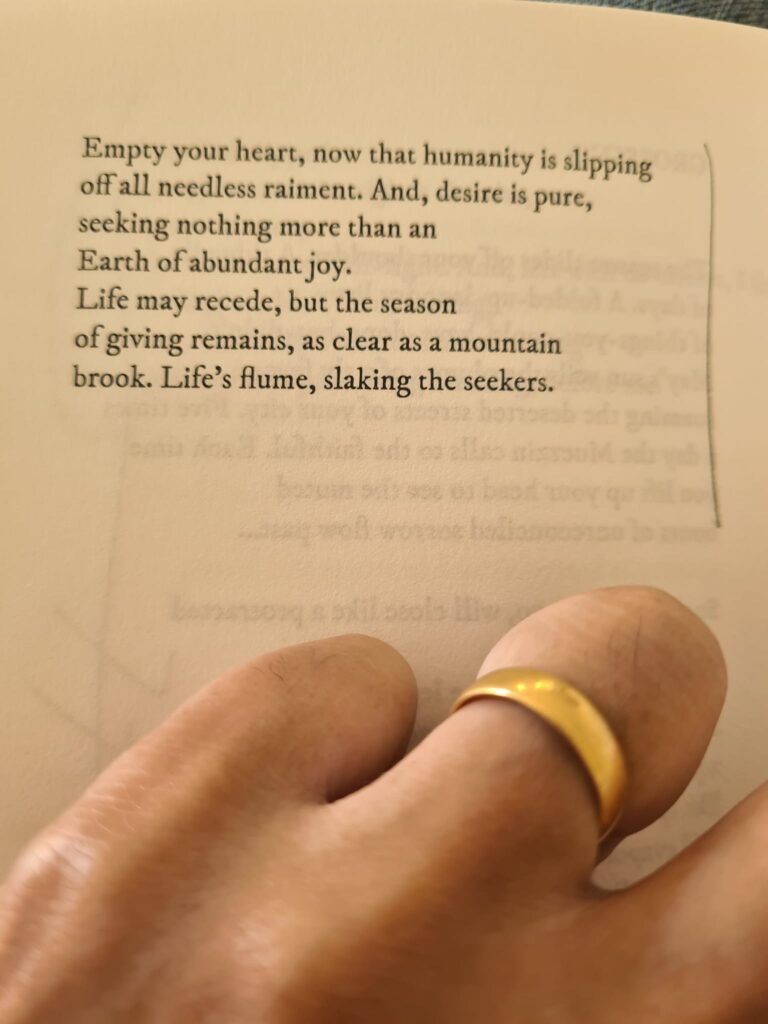
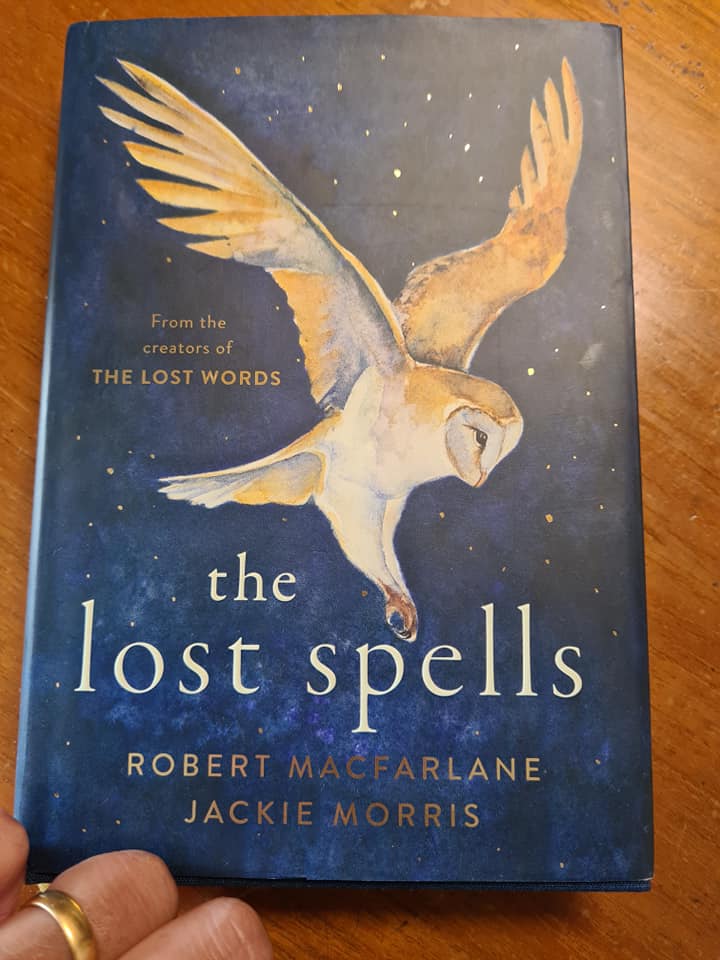
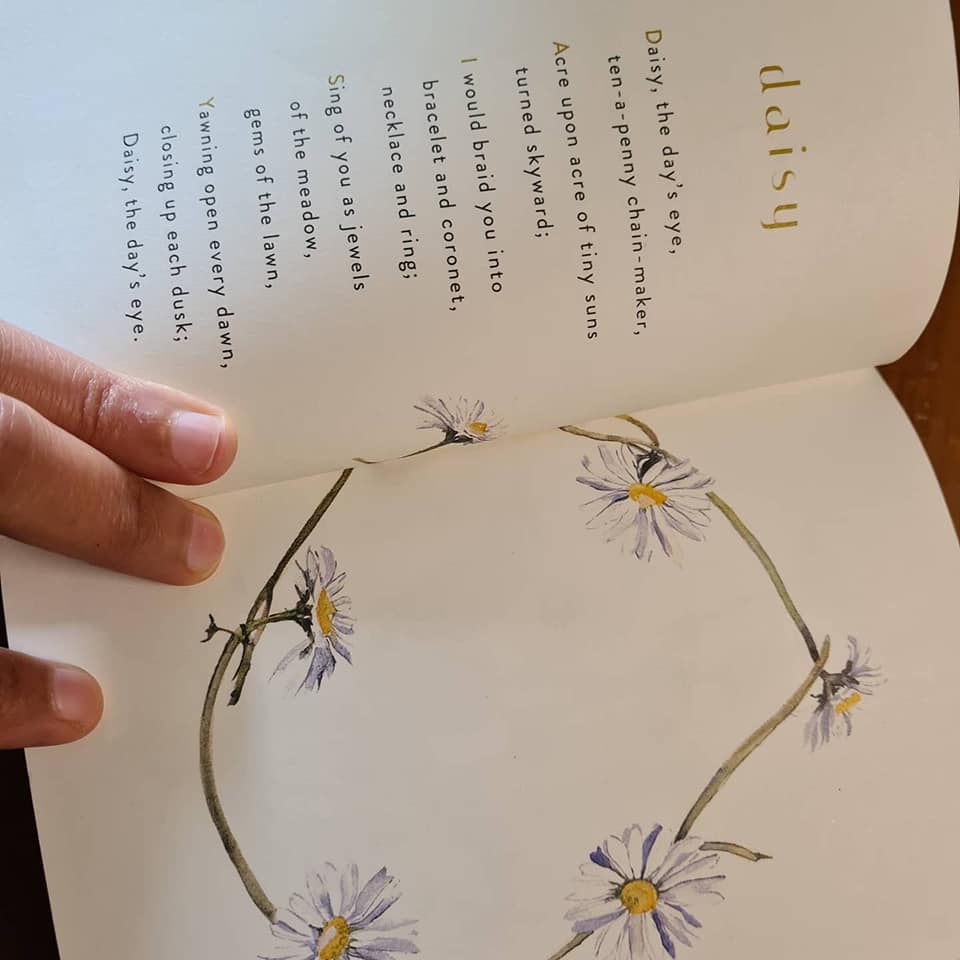
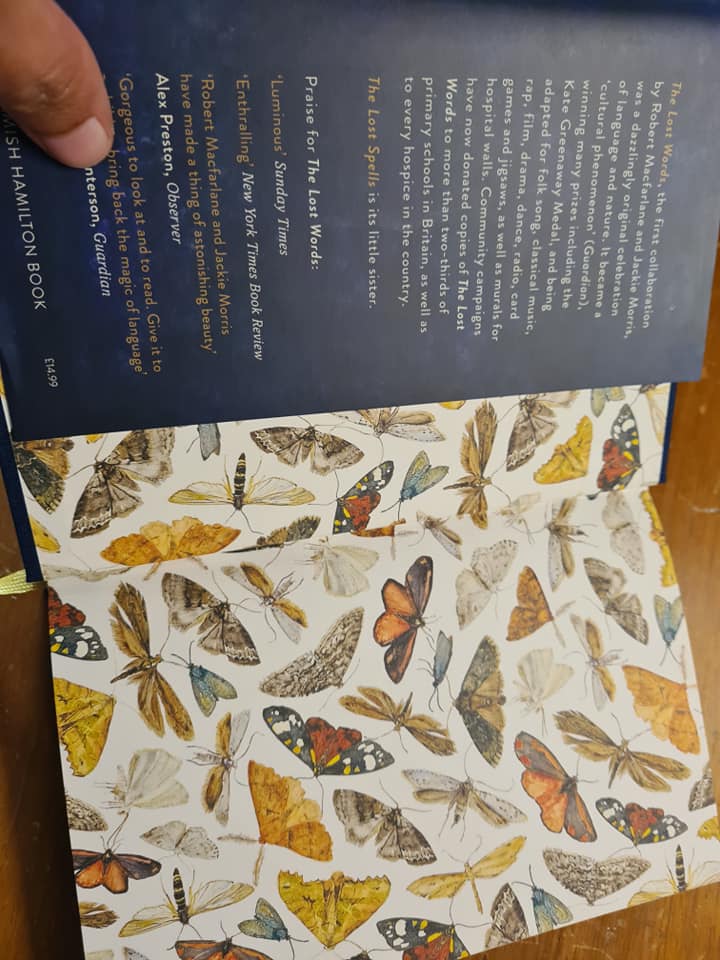
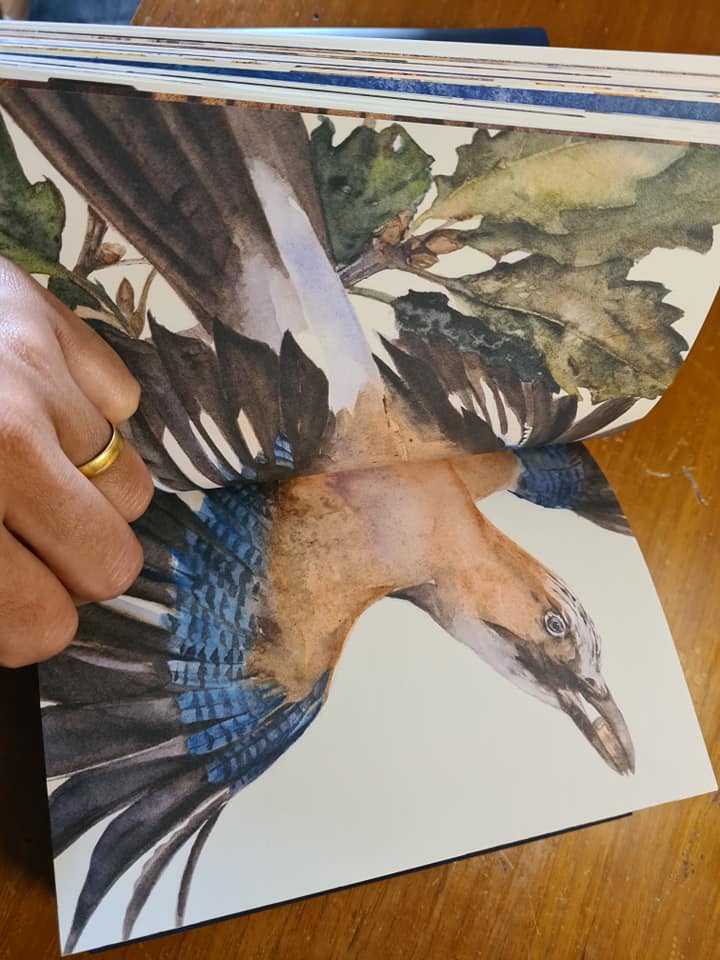
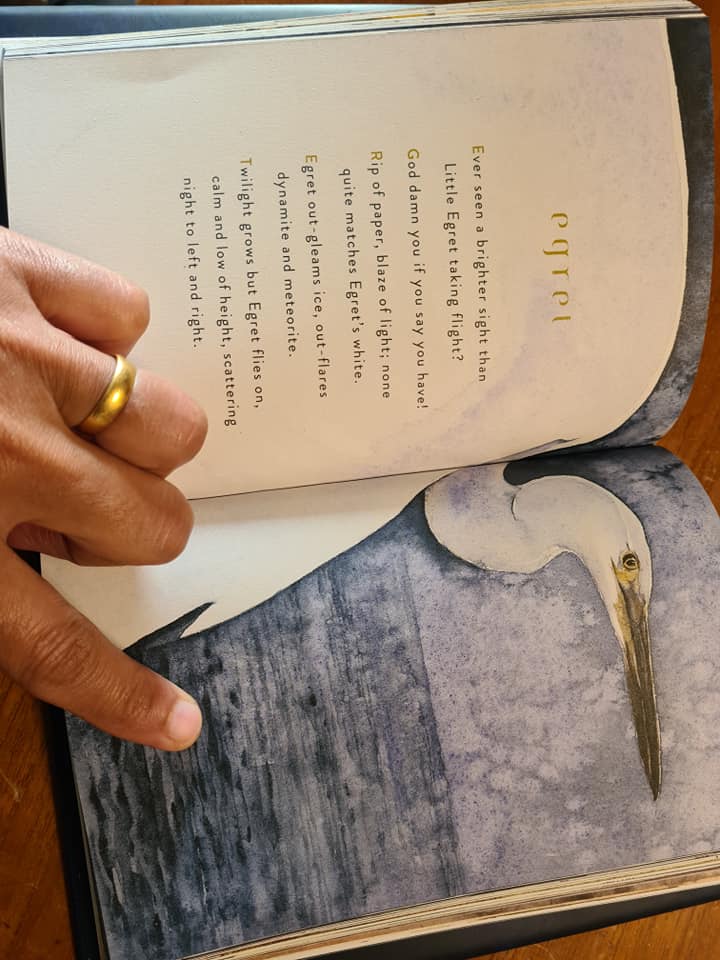






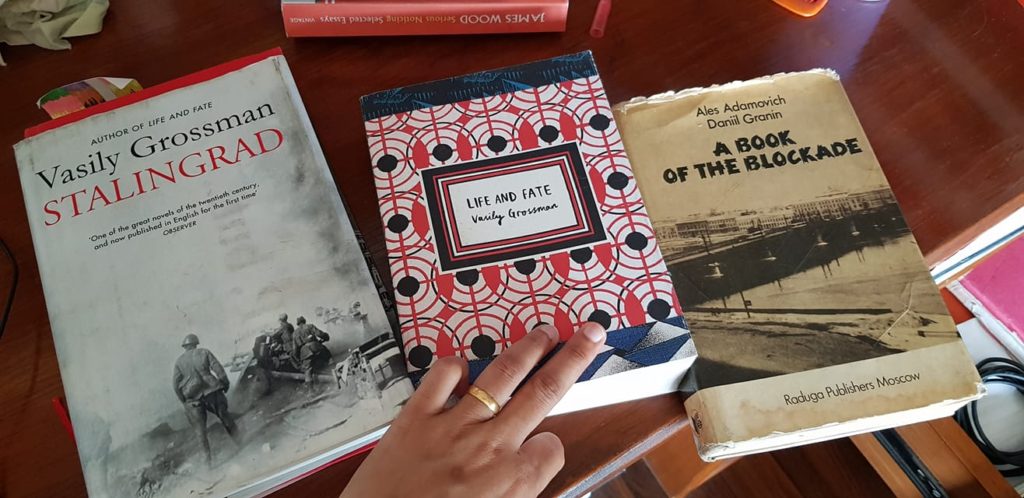
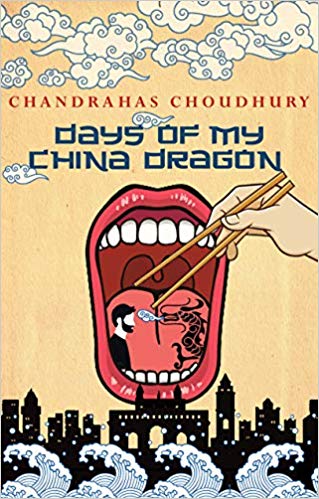
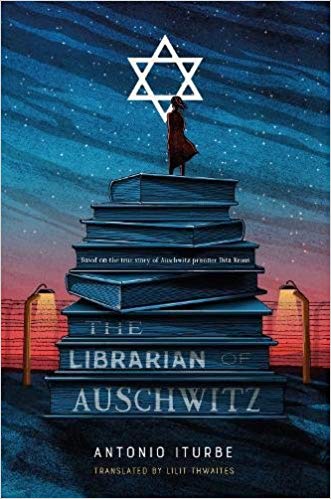
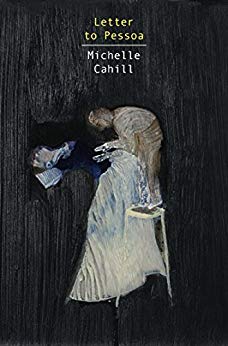
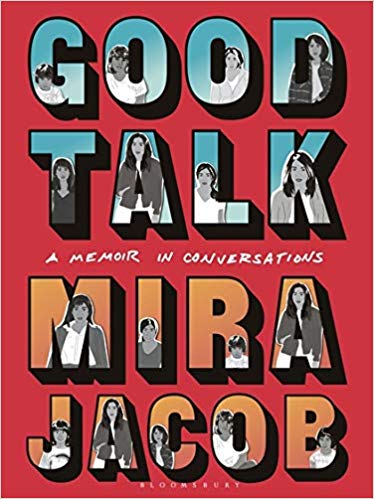
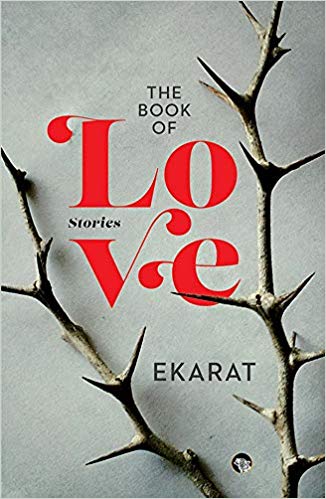
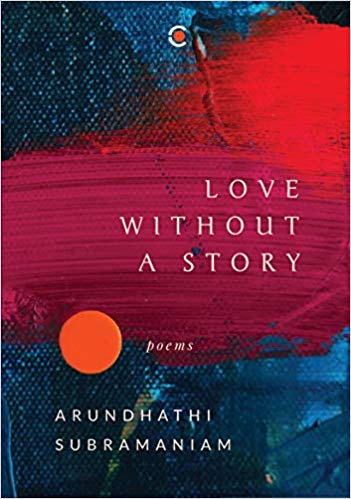
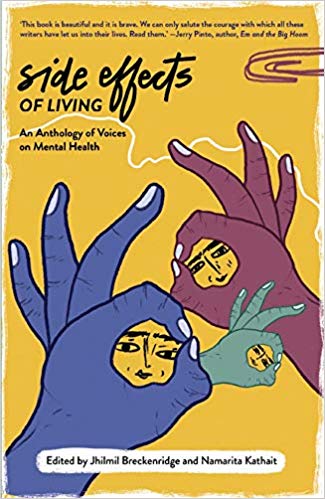

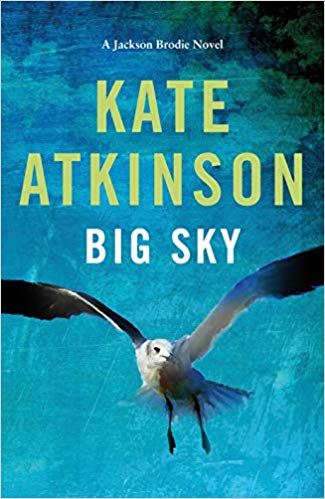
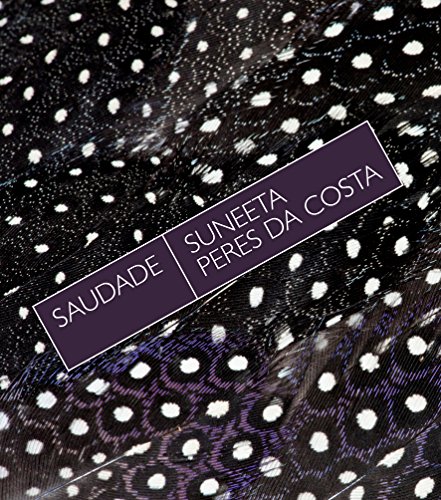
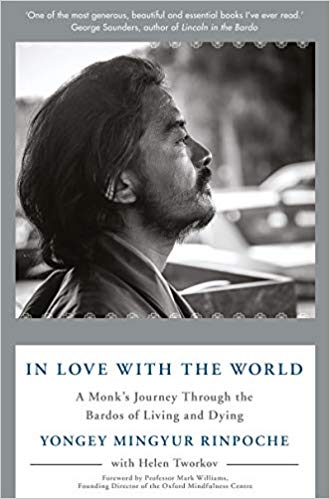
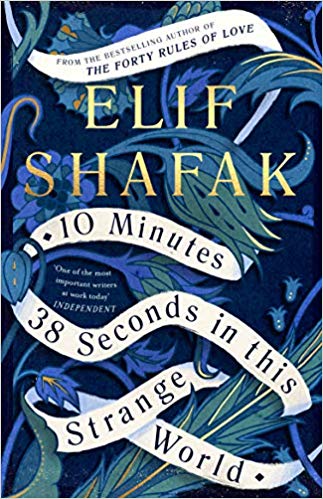
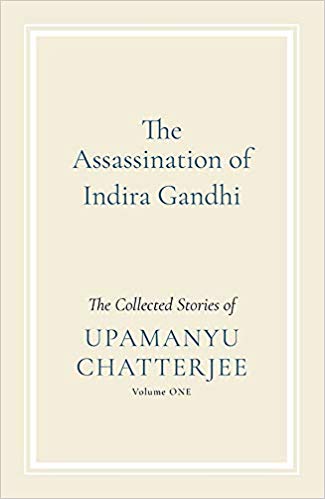
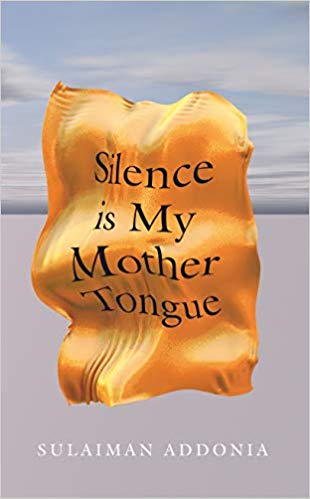
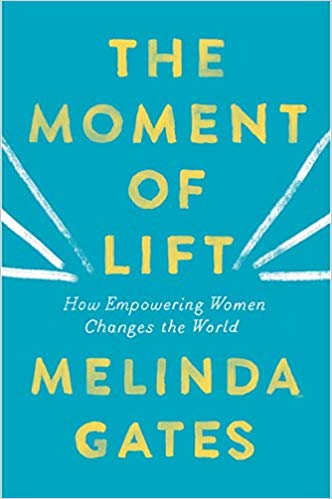
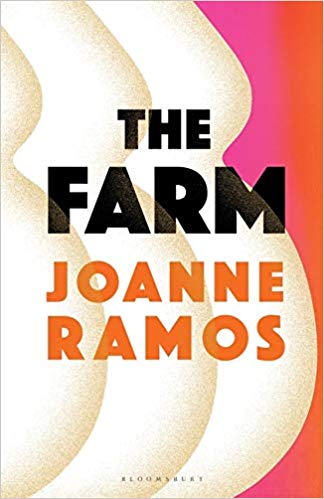
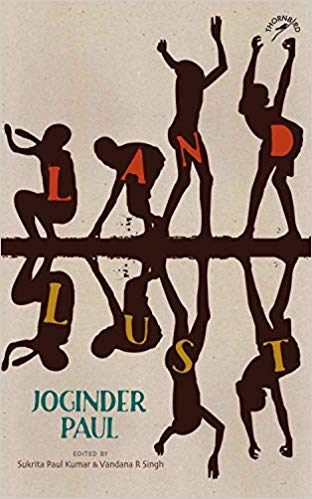
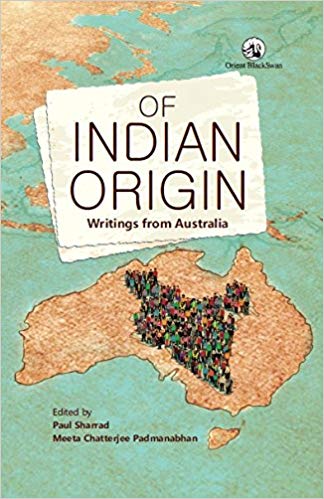
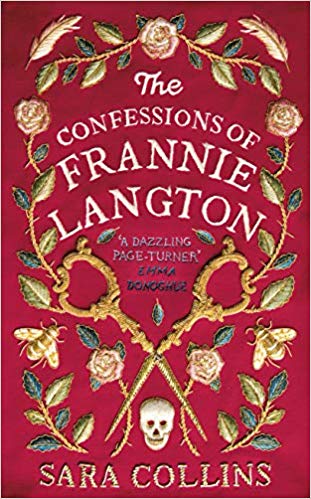
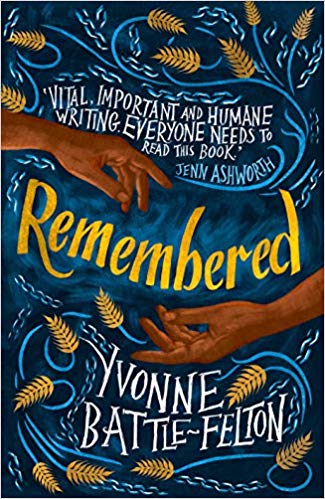
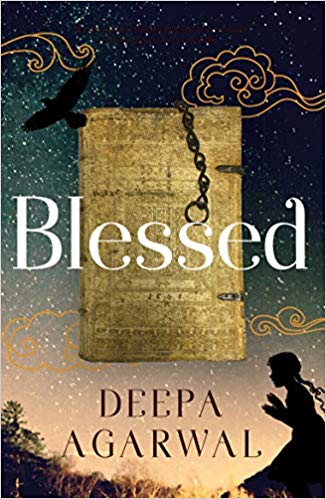
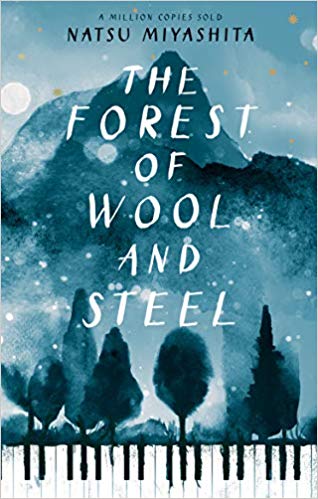
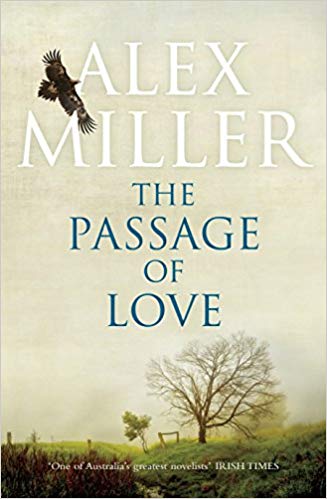
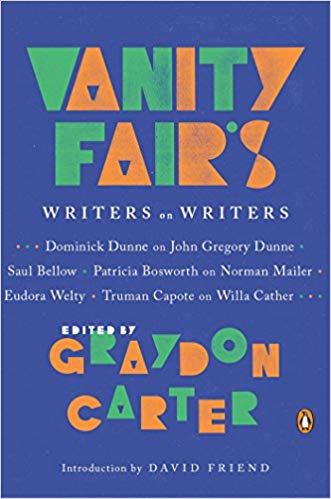
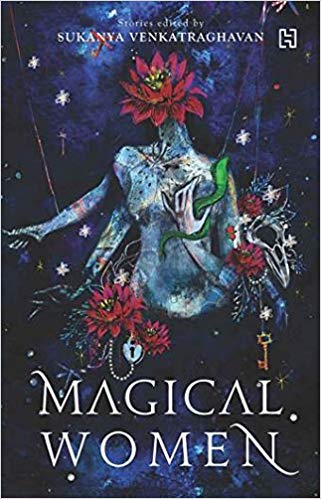


 of strong, independent, and thinking women characters especially in the retelling of the age-old fairytales. In fact Fierce Fairytales was whisked away by my young daughter as her own! I was a little surprised at her action as I was not sure how much of the poetry she would understand. Yet she surprised me pleasantly by getting the gist of the stories. She may not have got the layered meaning but she got the gist. It speaks volumes of Nikita Gill’s skill as a poet to be able to connect across generations. Unsurprisingly she has a legion of followers on social media:
of strong, independent, and thinking women characters especially in the retelling of the age-old fairytales. In fact Fierce Fairytales was whisked away by my young daughter as her own! I was a little surprised at her action as I was not sure how much of the poetry she would understand. Yet she surprised me pleasantly by getting the gist of the stories. She may not have got the layered meaning but she got the gist. It speaks volumes of Nikita Gill’s skill as a poet to be able to connect across generations. Unsurprisingly she has a legion of followers on social media: 